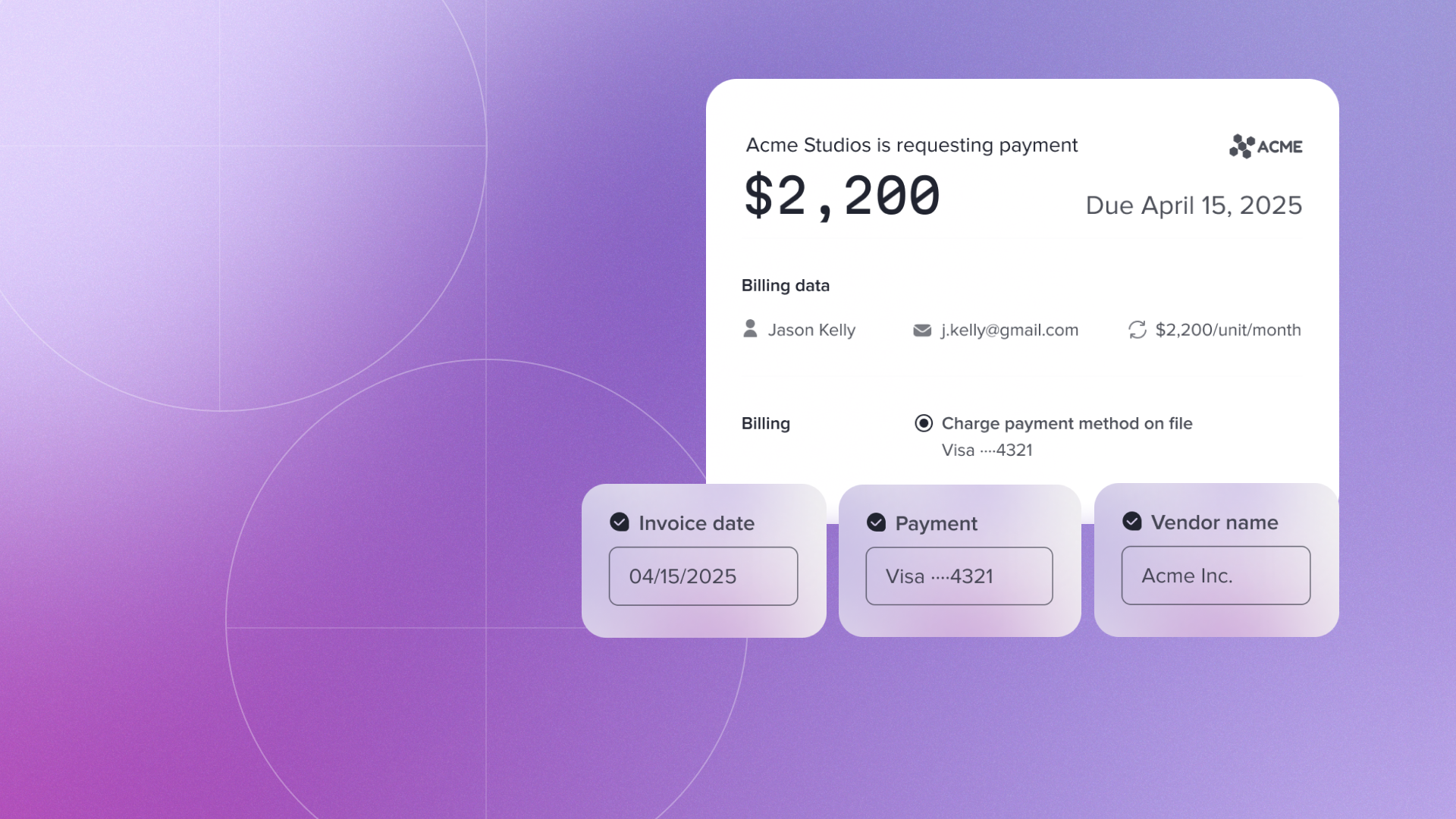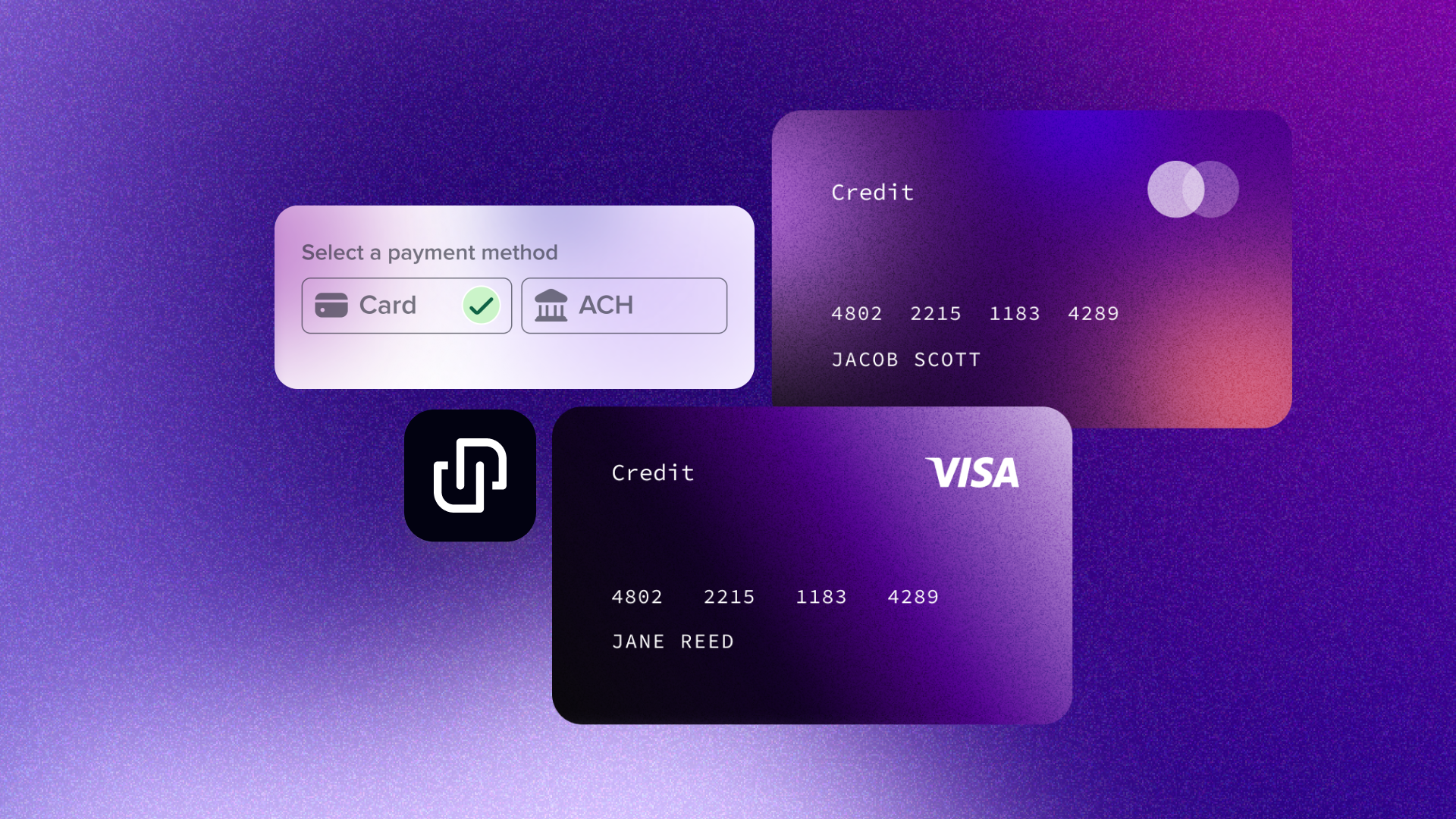
If you attended our last panel with Modern Treasury and Capchase, you probably have a good understanding of the general state of affairs in the current world of B2B financing fintechs, and the relationship with the SMB customers they serve. With some questions still unanswered, Rutter partnered up with Stripe and Mercury last Wednesday to take this discussion a level deeper.
Rutter Head of Product, Eric Morse, Stripe Capital Product Manager, Manav Khandelwal, and Mercury Capital’s Business Lead, Parker Wilf, had an open discussion on the Future of Alternative Financing guided by Rutter TGIF’s very own, David Ongchoco. If you have 53 minutes to spare, I’d highly recommend watching the recording, but if not, here are the 3 main takeaways from what Manav calls “Fintech 3.0”.
We also recently announced working with Mercury to digitize their Venture Debt product.

Critical Risk Evaluation Changes
As a player in the startup world, it can be hard to stay optimistic hearing the word “recession” on what seems like an hourly basis. And yet, every day founders are able to still raise capital. Of course, the road to doing so is far more challenging, yet companies like Stripe and Mercury are still getting cash in the hands of founders by changing their approach to lending.
With a higher level of caution in who they equip with capital, fintech leaders are demanding more data from their customers to paint a better picture of their financial future. For context, a company like Stripe Capital or Mercury would pull this more granular data in real-time leveraging a universal API like Rutter, directly integrating with their customers’ commerce and accounting platforms. Of course traditional bank data through APIs like Plaid can be critical for verification reasons, yet commerce and accounting endpoints really allow the lender to do a holistic KYB check on their borrowers. More data = more money!
Learn more about how lenders can leverage commerce and accounting data on top of their banking data to gain a full financial picture of a business.
A Deeper Dive on the Modern Fintech Stack
At the end of the day, there are just three pieces within the lending tech stack. The first of which is the data piece. This is where Rutter comes in, aggregating and normalizing all commerce and accounting data to be fed into the next piece with as little friction as possible. While Rutter can equip a lender with all the data needed to extend an offer, it’s only made insightful with a robust risk modeling platform, uncovering what this data actually means for the business.
A commonality mentioned between Rutter, Stripe, and Mercury is the customer-centric approach they all take in conducting business; it only makes sense the third piece of the stack is the tech utilized for a seamless customer experience from end to end. When building out your tech stack, considering these three key components is critical in creating the best experience possible for both parties.
Data Democratization
While Parker tried to avoid the cliche, data has truly democratized the access to financing for founders. Formerly inhibited by things like region, credit score, industry, VC network access and so forth, founders are now able to receive the funding they truly deserve. Not only are they able to receive working capital to scale their business to its full potential, but they’re able to do so without giving up major stakes in their company by providing far richer, more concrete, and verifiable business data. David put it best, “a16z should write an article titled, ‘Democratizing Access to Credit through Data’”.
Conclusion
With the explosive growth of data access, we've seen a proliferation in the number of lending products available to merchants that may have been formerly off limits due to merchant size, industry, region, credit history etc. This "consumerization" of SMB lending is a trend that all three panelists agreed is critical for industry growth, and an exciting one to keep tabs on in the coming years as new lending products continue to be built, serving far broader markets than ever before.
If you're interested in learning more about how Rutter can help you access commerce or accounting data to power your underwriting model, reach out here.




